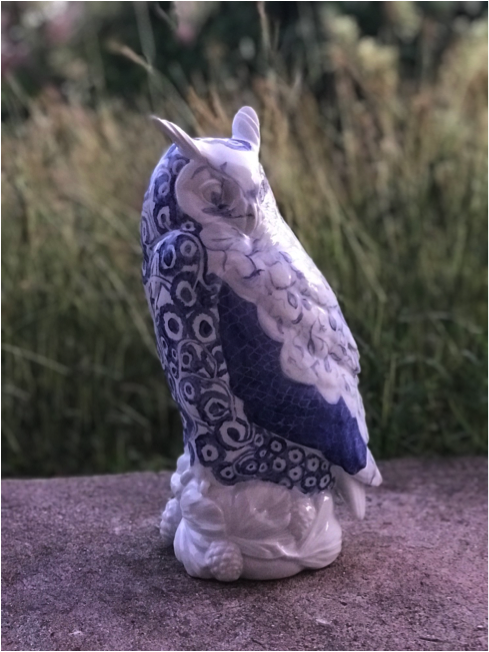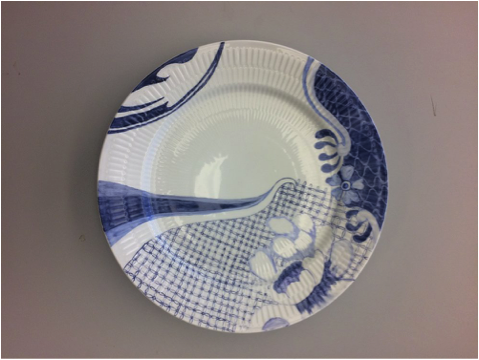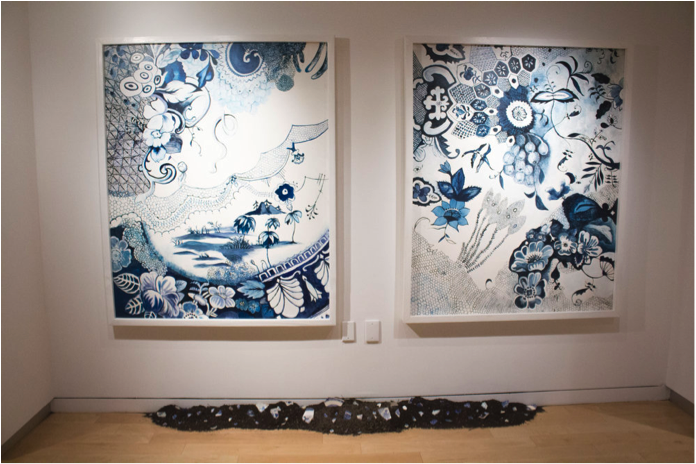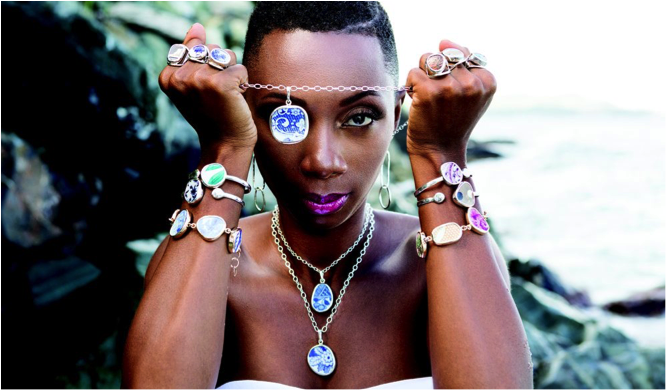The islands now known as the US Virgin Islands have a long and complicated relationship with racialized processes of capital accumulation. Along with neighboring islands across the Caribbean region, St. Croix, St. Thomas, and St. John served as important nodes in the transatlantic slave trade, and were lucrative spaces of labor- and wealth-extraction during both slavery and colonialism. This engagement with the Virgin Islands as a space of extraction continues in the current moment, as these islands are today an “unincorporated territory”—that is, possession—of the United States. The processes of racialization that undergirded slavery and colonialism continue, in many ways, to inform contemporary iterations of capital accumulation—particularly neoliberal “development.” As financial markets expand throughout the Global South, these spaces are positioned as “vulnerable” and in need of intervention—through either financial regulation (e.g., the austerity programs of the IMF and World Bank) or an influx of foreign capital. It is this latter approach that I engage in this short piece—particularly the ways in which initiatives which purport to stimulate lagging economies in the Global South build upon long-standing and inequitable power dynamics, and ultimately contribute to deepening divisions of structural inequality within and across these spaces. However, rather than simply rehearsing the ways in which the current moment of neoliberalism continues to disadvantage spaces like the US Virgin Islands, I conclude with an engagement with the work of La Vaughn Belle, a St. Croix-based artist, whose work insists upon a re-evaluation of the triumvirate relationship between metropole, colony, and wealth.
In 1917, the United States purchased the US Virgin Islands from Denmark for 25 million dollars. Since acquiring these islands, the United States has used them, and the neighboring unincorporated territory of Puerto Rico, as spaces of exception and experimentation. Laura Briggs, for instance, has outlined the use of Puerto Rico as a laboratory for experimental birth control measures as a means of population management (see also La Operación, Ana Maria Garcia, 1982). Before 1917, the islands changed hands frequently: they were ruled by seven different flags, including Spain, England, and the Knights of Malta—as well as a host of pirates/privateers who plundered their way across the region, sometimes under the protection of a European flag, and sometimes not. During their rule, these European powers made use of the islands as trading ports, refueling stations, and colonies with robust plantation economies. The unpaid labor of slavery made these islands lucrative, and their status as colonies after Emancipation ensured their continued use as spaces of extraction, a dynamic that continues in the present moment of both tourist markets and neoliberal “development” in which benefits to foreign corporations often far outweigh those received by the islands that host them.
In the US Virgin Islands, this uneven power dynamic takes the shape of the Economic Development Commission (“EDC”) initiative, a program that was created in the early 2000s as a significant tax holiday program for American financial management companies willing to relocate to the US Virgin Islands. In exchange for exemptions of up to 90% on US federal taxes, these companies—“EDC companies”—are contractually required to hire local employees and donate to non-profit organizations on the islands in the hope that this program—that is, American capital—will stimulate the economy of St. Croix. Since its inception, this program has been surrounded by controversy and refusal, as a number of EDC companies have been charged and convicted by the US government on charges of fraud. Beyond this, much of the EDC community lives and works in wealthy enclaves and has privileged privatization over and above community engagement. For instance, the transformation of land that was previously used as public space into private property is demonstrated by Grassy Point, an immensely popular bluff that had long been used as a communal gathering space, which was purchased by an EDC beneficiary and now boasts a luxury rental cottage. A 2004 editorial in a local newspaper, the Virgin Islands Daily News, summed up a particularly widespread line of critique surrounding the EDC program:
Objections to this cyclical process of global capital circuiting through, but not materially benefiting, the Virgin Islands, have taken a number of forms, including protests, rallies, and street-corner critique. However, one emergent model of engagement—of moving beyond the extractive model—that is particularly interesting comes in the work of La Vaughn Belle, whose artistic production is rooted in decolonial aesthetics. Belle produces artwork in a number of registers, including sculpture, paintings, and etchings. It is her work with found bits of Danish pottery that now and then wash ashore in the present-day US Virgin Islands, fragments known locally as “chaney,” that is particularly instructive vis-à-vis these islands’ relationship to global circulations (See Figure 1 for depiction). In her recent series entitled Chaney, Belle has chosen the fine china imported by Danes to the these islands during the colonial period as her material, writing:
Working beyond shards of found chaney, Belle makes use of the patterns found on this china, creating entirely new shapes and objects (See Figures 1-4). Figure 1, for instance, is of an owl crafted in a chaney pattern for Denmark’s Harald Prize, while Figure 5 depicts a large-scale oil painting from the recent series “Possessions.” Both pieces simultaneously invoke and move beyond the costly cups and saucers which have hovered outside of the reach of the vast majority of these islands’ black residents, both under Denmark and in the current moment of American rule. Belle’s chaney plate series (Figures 2 and 3), a group of 12 porcelain plates produced in partnership with the luxury brand, Royal Copenhagen, dramatically alters the equation of wealth-as-racialized exclusion, insisting upon Virgin Islanders moving beyond making use valuable fragments that wash ashore (as is the case in local jewelry featuring chaney, seen in the cover image), to envisioning and executing entirely new works of value. This work necessarily references the colonial moment, yet it seeks to move beyond this history (and contemporary experience) of racialized exclusion and suggests a different path forward—one in which Virgin Islanders have access to more than simply the remains of wealth, and instead have the ability to create new meaning from the material that has informed their experience. While Danish china was meant to represent only servitude to black inhabitants of these islands (as they were to serve their white owners with these dishes), Belle’s engagement with chaney points to the possibility of Virgin Islanders participating in a long-overdue dialogue about wealth, value, and meaning-making.

Figure 1

Figure 2

Figure 3

Figure 4
cover image: Nicole Y. Canegata, courtesy of ib Designs; figures 1-4, courtesy of La Vaughn Belle


